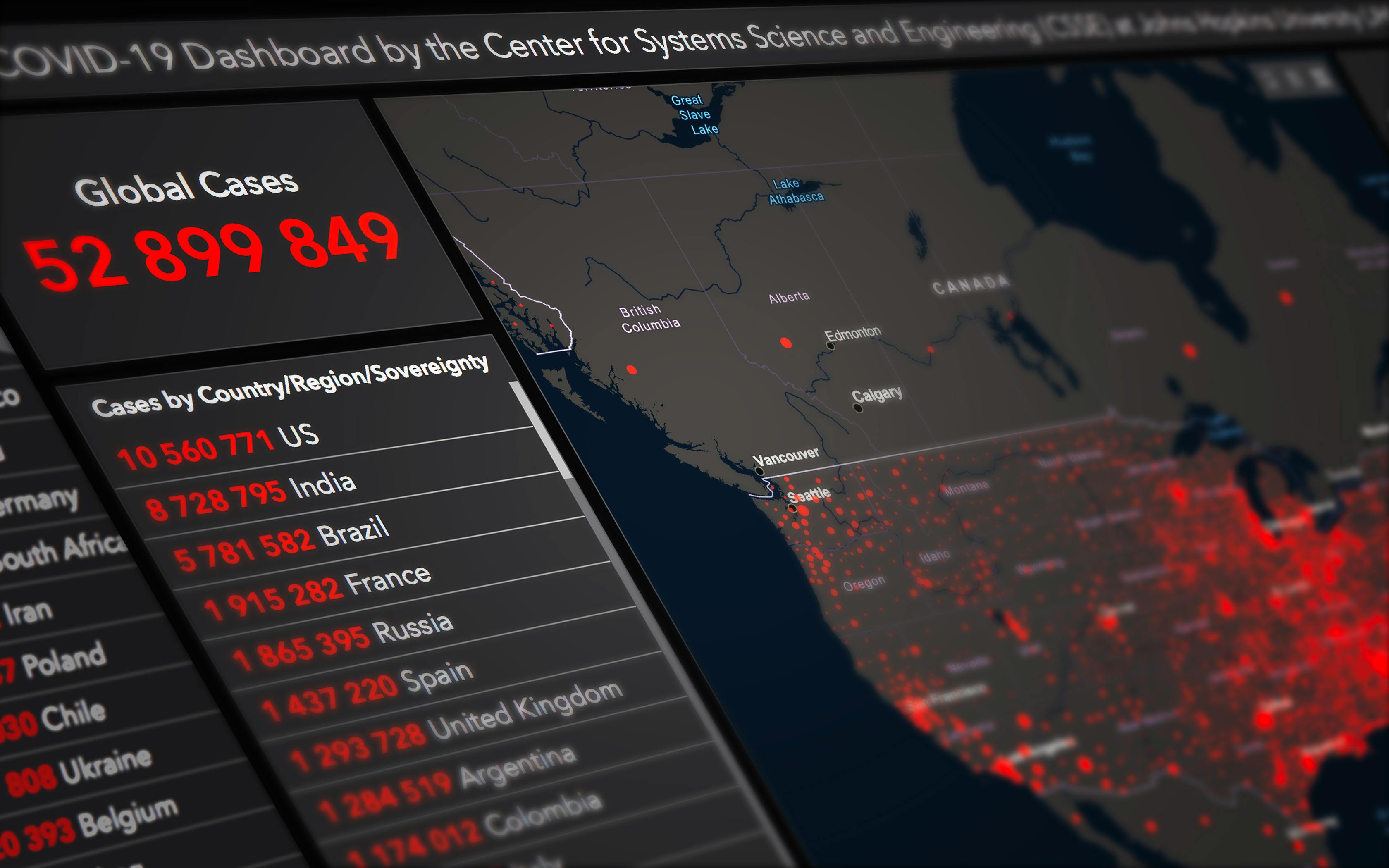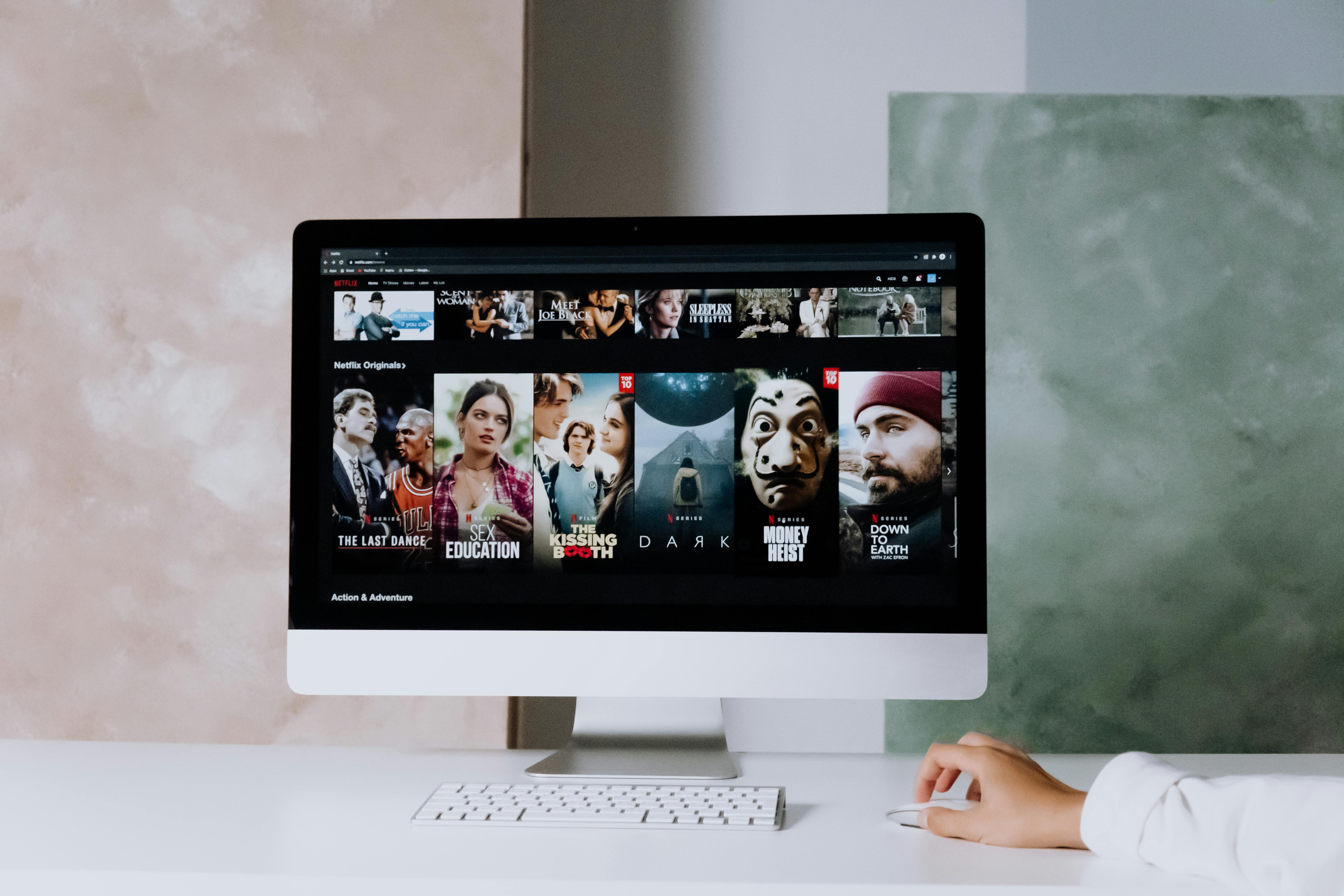A lot of people are using mobile video. Watching videos on a cell phone is becoming quite common. Many cell phones also record video, so a cell phone may be all you need to enjoy. looking at Y producer Television, cinema and online video.
Of course, I’m not saying that the 52-inch plasma TV in your life isn’t a necessity in today’s world, but cell phone video on the go is now skyrocketing and will no doubt continue to do so. Pyramid Research has just released a report predicting a CAGR for mobile video of 28% over the next five years. That means that by 2014, more than 500 million users around the world will subscribe to one of the growing numbers of mobile TV services.
Since you no doubt want to get in on all that fun, here’s the technical information you’ll need about mobile video file formats. Do not worry, it is very easy.
With mobile video, tiny is the name of the game. If you are making a video intended for the cell phone screen, keep this in mind throughout the production process, as small details and small fonts will be lost on the cell phone screen.
On a technical level, you also have to think small. The main characteristic of a good mobile video format is the size. There are only a handful of common formats used for mobile video. They are all highly compressed to create the small file size required.
- 3GPP
- flashlite
- MPEG-4
- rtsp
3GPP (.3gp)
3GPP is the most common mobile format. It was developed by the 3rd Generation Partnership Project, hence the name 3GPP. It is a globally standardized communication system, so it is common throughout the world. Cellular phone networks are often referred to as 3G networks. All cell phones that play video will play 3GPP.
For making videos from a cell phone, 3GPP is the format your phone will save in by default. Most mid to high end video editing systems will convert and export 3GPP files. Of course, as with any video conversion need, there are many format conversion programs and plugins on the market available as freeware and shareware.
flashlite
Flash Lite is an optimized version of Flash that was developed specifically for mobile phones and handheld devices. You probably already know that the full version of Flash is the most common online video file format. Flash Lite is highly compatible with Flash players, which makes it quite universal.
MPEG-4
Always versatile, MPEG-4 (named for the developers Motion Picture Experts Group) is a good format for mobile video sharing. It’s also commonly used for general online video, but it’s one of the smaller formats, so it works well for mobile video as well. Virtually any mobile video device will play MPEG-4 video.
rtspand RTP
Other technical terms you’ll come across using mobile video include RTSP and its cousin, RTP. RTSP stands for Real Time Streaming Protocol. RTSP is used to establish and control streaming media sessions. RTSP is used in combination with RTP, which stands for Real Time Transport Protocol. RTSP handles stopping and starting and RTP handles the actual transmission of the stream. If you use some kind of mobile delivery service, they will take care of this aspect, so you don’t need to know much about it.
With cell phone video, you can record it live and distribute it with a video sharing service like Qik. Qik seems to be one of the most comprehensive and easy-to-use mobile video platforms online, but there are so many to choose from and more are being developed every day.
Cell phone mobile video is a great way to keep in touch with friends and family or entertain yourself on the go.










